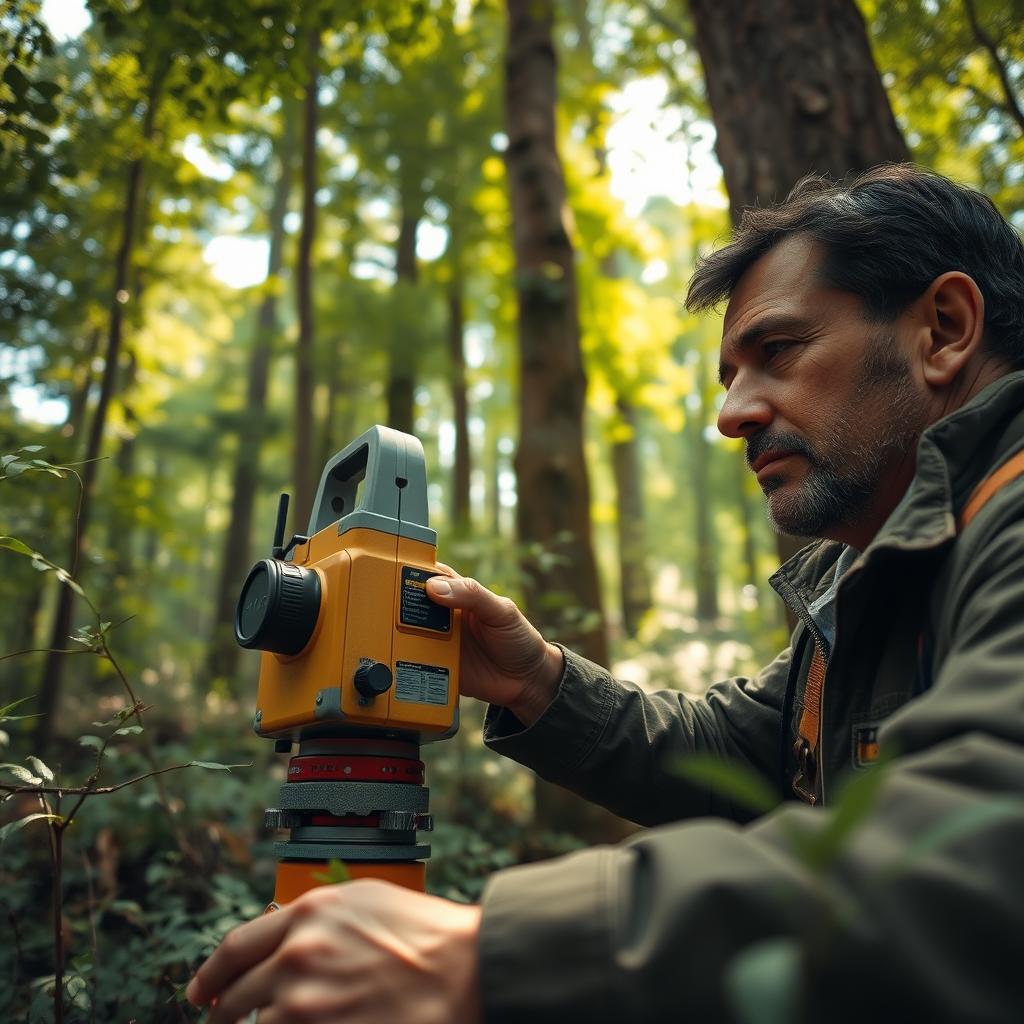Understanding Reduced Levels in Surveys
Establishing reduced levels during surveys is crucial for accurate engineering and construction projects. Reduced levels help in determining the heights of various points concerning a reference point, typically sea level.

There are primarily two systems for calculating reduced levels: the collimation system and the rise and fall method. Each technique has its own set of advantages and applications.
The collimation system, also known as the height of instrument method, involves the use of a leveling instrument. The instrument is set up on a known benchmark.
As the surveyor sights through the instrument, they can determine the height of the instrument above the benchmark. Calculations are then made to find the reduced level of other points.
On the other hand, the rise and fall system is preferred for its simplicity in calculations. In this method, the difference in height between consecutive points is recorded, allowing surveyors to track changes in elevation.
Both systems require significant skill and understanding of surveying principles. Mastery of these methods will lead to greater accuracy in project planning.
Moreover, modern surveying often integrates technology, including GPS and computer software, which can enhance traditional methods. Understanding these systems is essential for anyone involved in land surveying.








0 Comments